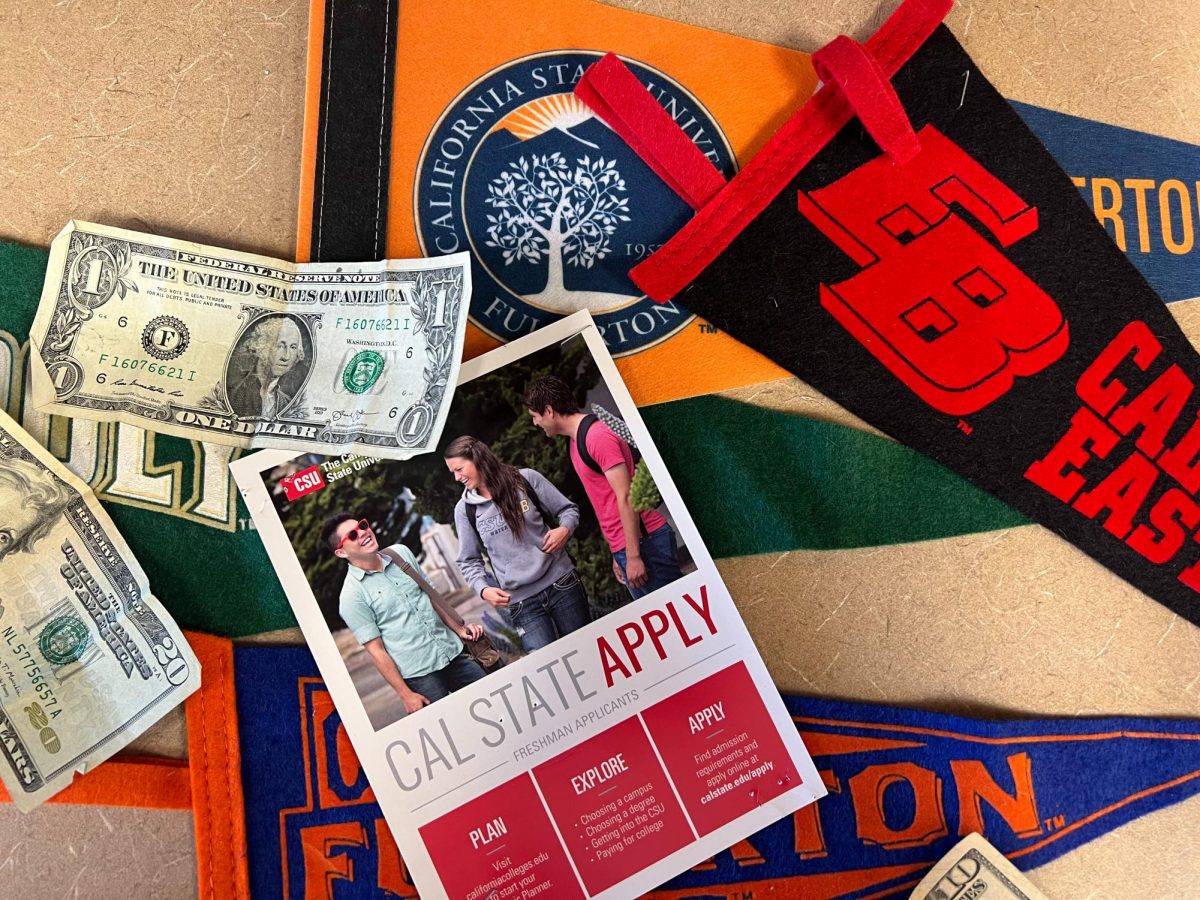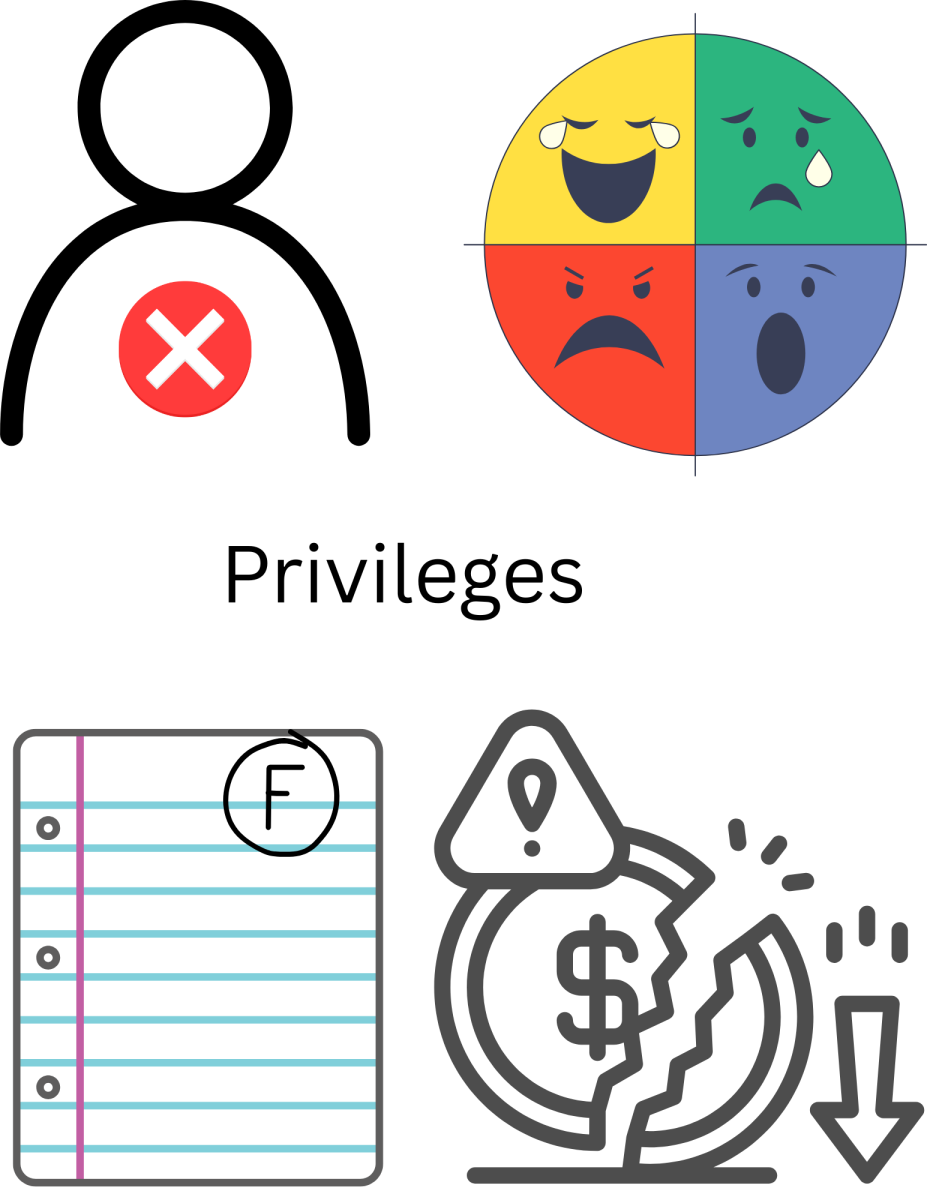A multi-year tuition increase is taking effect on all 23 California State University (CSU) campuses in the upcoming 2024-25 Fall term. The plan to hike tuition prices was approved last month, with votes 15-5 by the CSU’s Board of Trustees.
For this change, the CSU system gives three reasons in support:
“1) provide the necessary resources for each university to further the CSU’s core values of equitable excellence and access; 2) provide tuition stability and predictability for students and parents; and 3) enhance financial aid and affordability for those students with the greatest financial need”.
The push to increase tuition was due to a $1.5 billion funding gap, as it costs more than the budget has to run the CSU system. (found from May 2023’s finance report).
CSU’s revenues only covered 86% of its operating budget of $12.4 billion from the 2021-22 year— this is where the deficit comes from, and this was the motive behind the hike.
Base tuition for all 23 locations is the same. For the past years (as of recent; 2022-23), the base in-state tuition for undergraduates has been $5,742 per year. What the tuition increase will look like for these same students is an additional $342 just for the first year (24-25’).
By the fifth and final year of the gradual 6% increase, tuition will have hiked from $5,742 to $7,682 (28-29’).
While put in effect to close the gap between expenditures and funding in the CSU system, it might have unintended consequences as well.
With expensive price tags, higher education can look intimidating.
In-state tuition for a CSU (undergraduate): currently $5,742
In-state tuition for a UC (undergraduate): $14,436
Tuition for other private universities (undergraduate):
- University of Southern California, $66,640
Like financial aid and scholarships, resources in place may soften the stressor of affording a college education. But prospective students continue to worry about the damage it will have on their finances; especially now that the costs are rising.
AGHS senior, Jaquelyn Tovar Diaz expresses her concern.
“I feel like there’s a lot of students who depend on the low prices because a lot of us struggle to pay and it’s already really expensive to get an education regardless, so I think the increase will just make it harder for a bunch of students to even be able to go to college,” Diaz said.
Diaz has been worried about affording college even before the increase, as she has been applying for scholarships throughout all of her years in high school. Even after being awarded a $10,000 scholarship in her junior year of high school, she still isn’t safe from paying out of pocket.
Without any financial aid, the base tuition is just under $6,000 per year, and rising. Take Cal Poly SLO, Five Cities’ closest CSU as an example, undergraduate in-state housing can add a rough $12,000 to the price tag.
Add the other expenses and just one year of being an undergraduate student at Cal Poly SLO is totaled at around $32,000. In comparison to this price tag, working 20 hours a week at a minimum wage job only brings in a salary of about $12,000 a year.
“I don’t think college should be free, but it should be attainable,” AVID teacher Gail Varvel said.








